
|
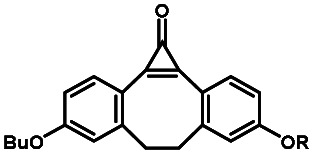
|
1–3 min' irradiation in a mini-Rayonet photoreactor equipped with multiple 350 nm fluorescent tubes26,27
|
Photo-SPAAC enabled photo-control on labeling azido-bearing biomolecules in live cells, with concern on diffusion of the in situ formed strained alkyne due to fast kinetics in photolysis but a relatively slow rate of SPAAC |
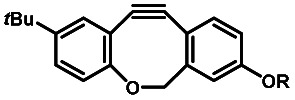
|
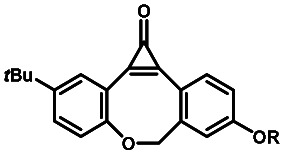
|
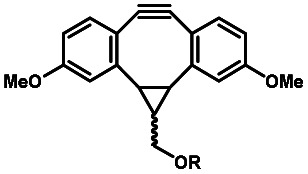
|
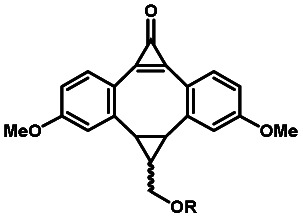
|
5 min' irradiation at 365 nm from a UV lamp VL-215.L (ref. 28) |
Photo-IEDDAC reactions with fast kinetics enabled rapid labeling of tetrazine-bearing proteins within minutes at low μM concentrations. Future applications on mammalian cells need more biocompatible light than UV |

|
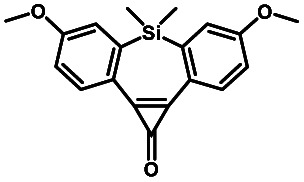
|
Pulsed laser at 375 nm (ref. 29) |
Ultra-fast and efficient photo-release of dibenzosilacyclohept-4-yne achieved well-balanced combination of reactivity and stability in aqueous solutions. Photo-stability of the released alkyne exposed to a laser at the irradiation wavelength was a concern |
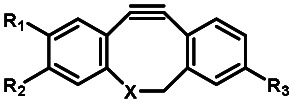
|
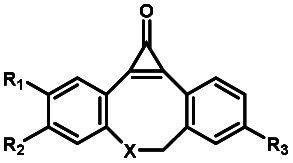
|
Femtosecond laser for two-photon (690 nm) or thee-photon (1050 nm) excitation30
|
Multiphoton activation of strained alkynes allowed MP-SPAAC with low phototoxicity and deep penetration in biological systems, with a limit in the region of interest irradiated with a two-photon or three-photon laser |
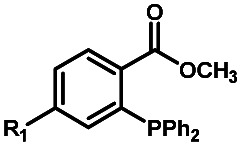
|
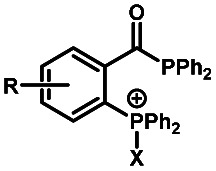
|
30–180 min' UV light irradiation with a 350 W medium pressure Hg arc lamp32
|
Simple uncaging approach helped to realize photo-control on the highly specific Staudinger–Bertozzi ligation, with concern on the biocompatibility of the light irradiation conditions with live cells |
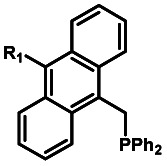
|
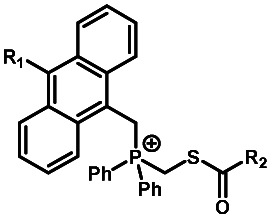
|
20–40 min' irradiation with broadband visible light (>420 nm) from a 500 W Hg lamp33
|
Photo-uncaging quantum efficiency of Staudinger ligation triggered by visible light is lower than UV uncaging |
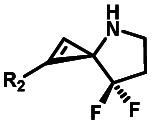
|
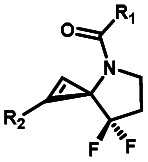
|
Hours of irradiation under UV34
|
Module photo-cage of cyclopropane needs to be further optimized for real biological applications |
















